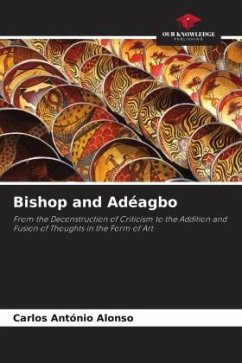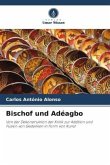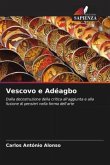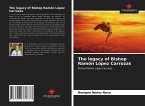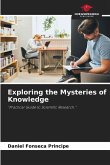This research was initially motivated by the theoretical debate on ready-made, pop art and conceptual art, which arose from the criticism of the intellectual and aesthetic closure present in the canons demanded by school curricula in Brazil. The implications of these concepts are discussed in parallel with the development of a critical view of European and North American classifications as suitable matrices for understanding the creation of artists such as Arthur Bispo do Rosário, Brazil (1909-1989) and Georges Adéagbo, Benin (1942). In a complementary way, the path of the researcher-artist participates in the process of understanding and analysis. The focus was on the material and matter of everyday objects used in the work of Arthur Bispo do Rosário and on the itineraries of the works of Georges Adéagbo, a self-taught artist who exhibits his ideas and narratives in the form of "sculptural" objects, occupations of public spaces.
Bitte wählen Sie Ihr Anliegen aus.
Rechnungen
Retourenschein anfordern
Bestellstatus
Storno

